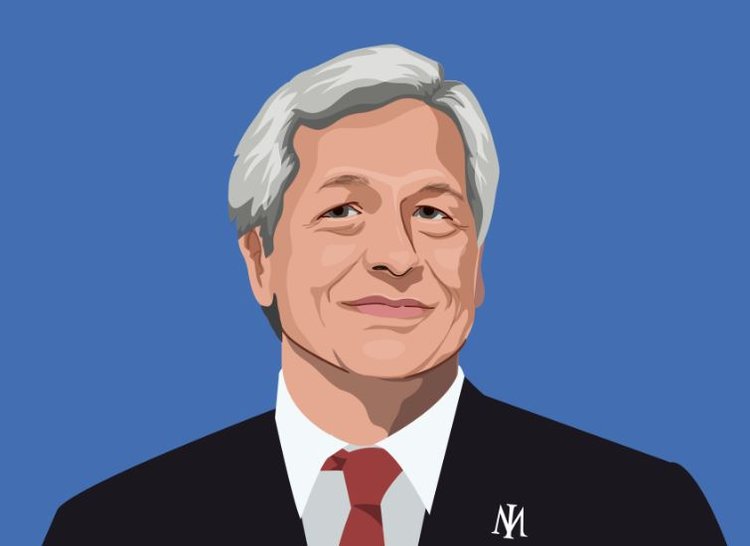Warren Buffett provides a great lesson for all investors in the book – The Warren Buffet Way, by Robert Hagstrom. The lesson is that investors can spend weeks and years reading and analyzing information on prospective companies, but according to Buffett, “It’s not what you look at that matters; it’s what you see.” The lesson learned by Buffett happened during his investigation of IBM back in 2011.
Here’s an excerpt from the book:
Buffett confessed that he came late to the IBM party. Like Coca-Cola in 1988 and Burlington Northern Santa-Fe in 2006, he had been reading the annual reports for 50 years before his epiphany. It arrived, he said, one Saturday in March 2011. Quoting Thoreau, Buffett says, “It’s not what you look at that matters; it ’s what you see.” Buffett admitted to CNBC that he had been “hit between the eyes” by the competitive advantages IBM possesses in finding and keeping clients.
The information technology (IT) services industry is a dynamic and global industry within the technology sector, and no one is bigger in this industry than IBM. Information technology is an $800 billion-plus market that covers a broad spectrum of services broken down into four different buckets: consulting, systems integration, IT outsourcing, and business process outsourcing.
The first two, combined, contribute 52 percent of IBM ’s revenues; 32 percent comes from IT outsourcing; and 16 percent from business process outsourcing. In the consulting and systems integration space, IBM is the number-one global provider—38 percent bigger than the next competitor, Accenture. In the IT outsourcing space, IBM is also the number-one global provider—78 percent larger than the next competitor, Hewlett-Packard. In business process outsourcing, IBM is the seventh-largest provider, behind Teleperformance, Atento, Convergys, Sitel, Aegis, and Genpact.
Continue Reading →











